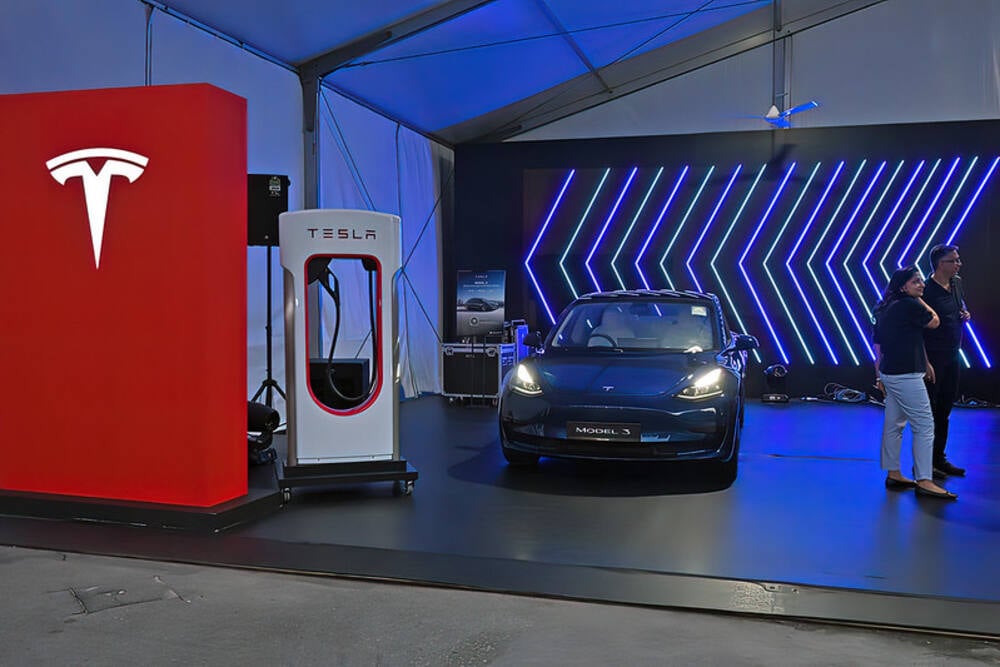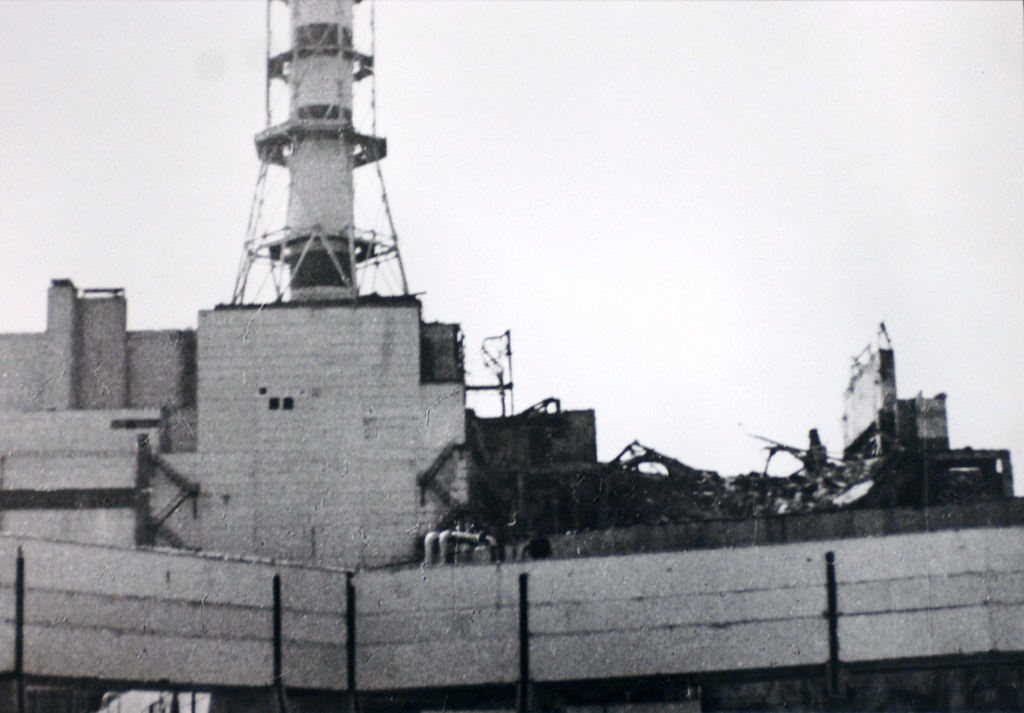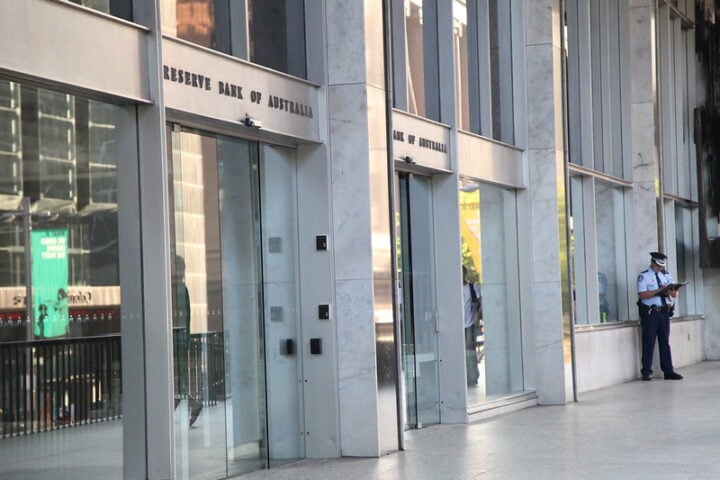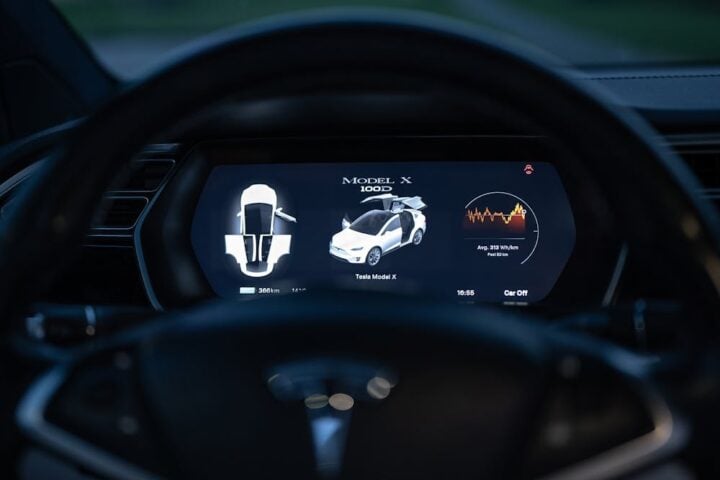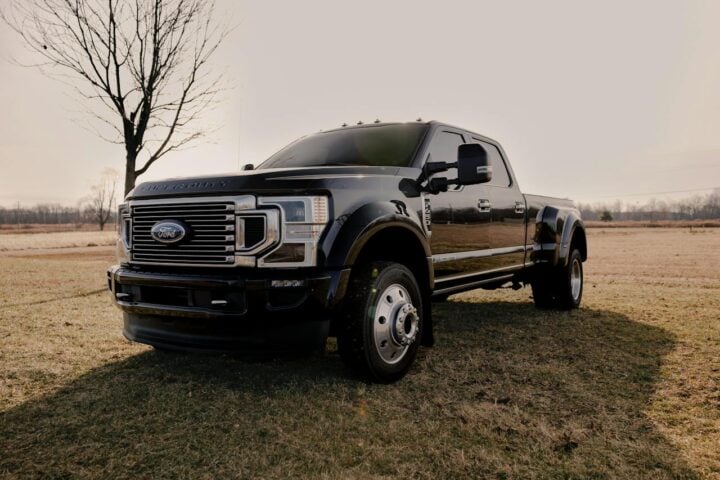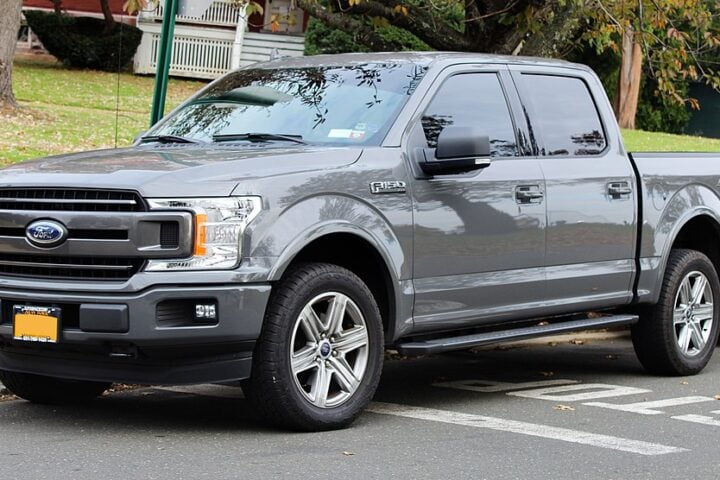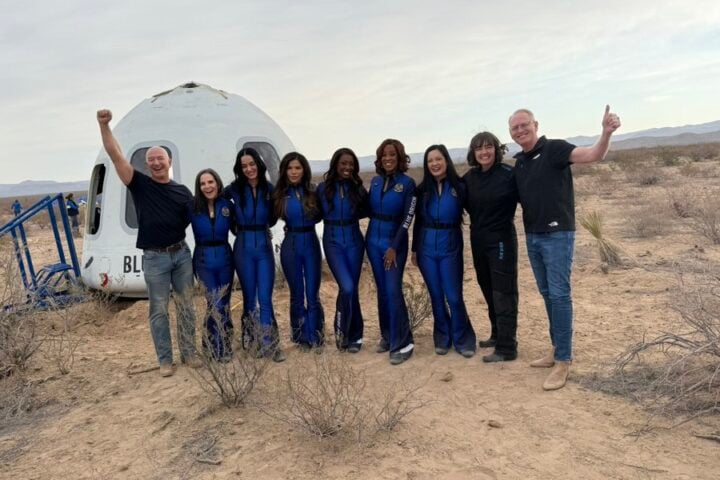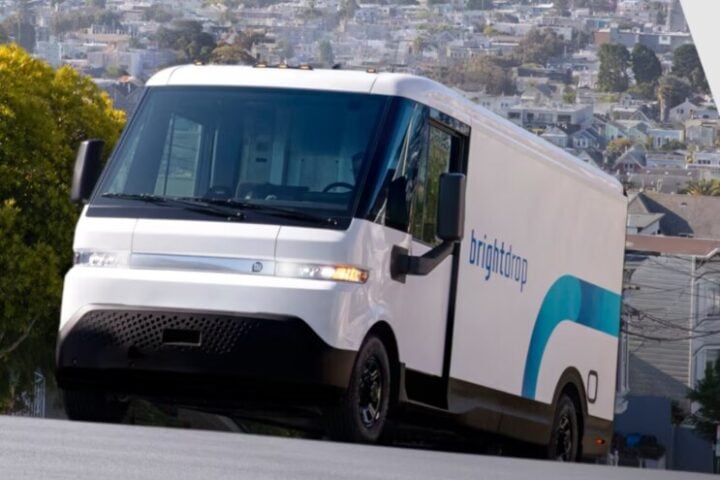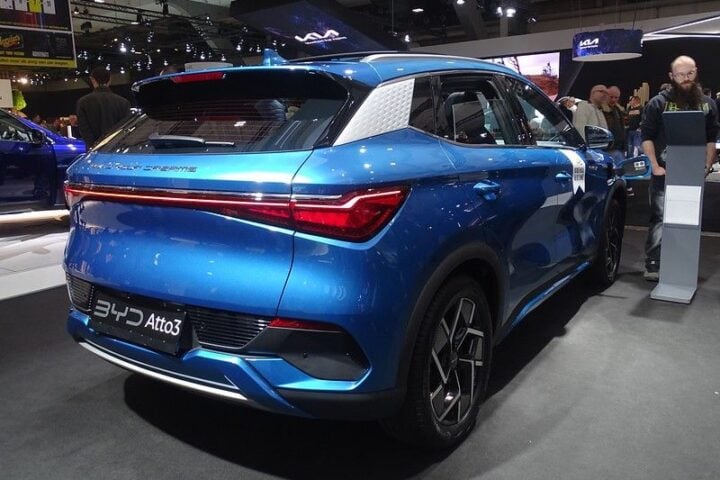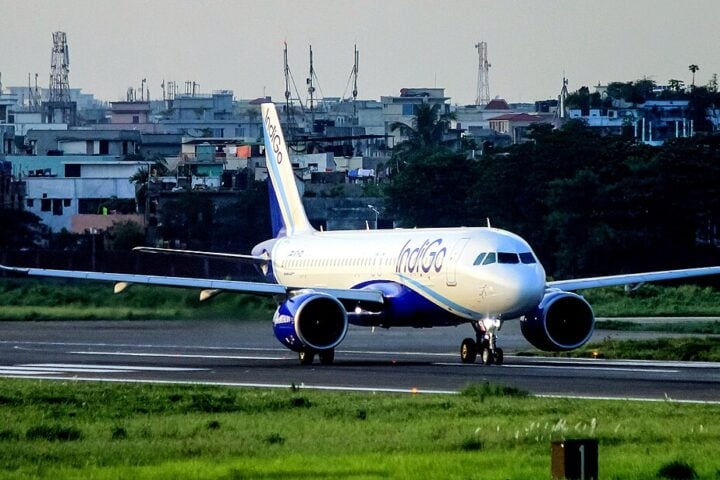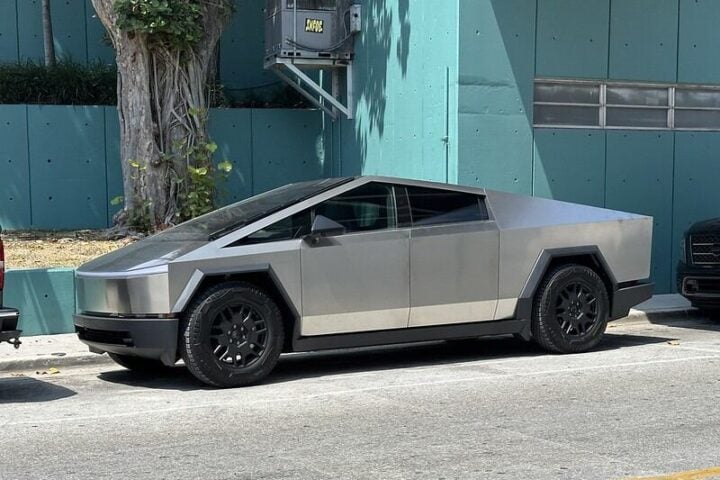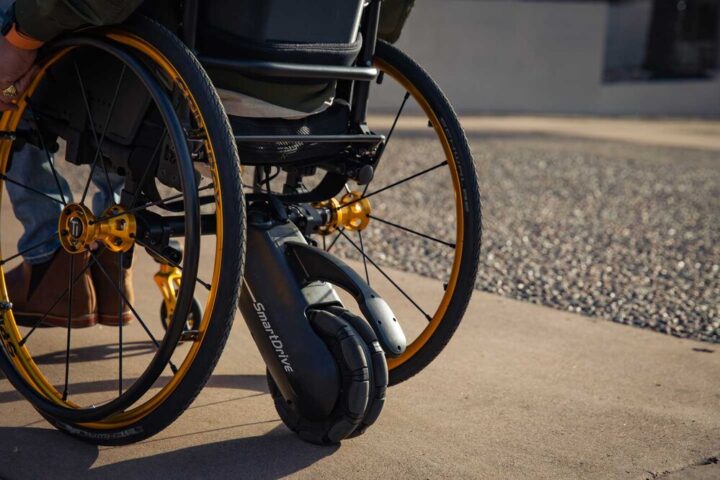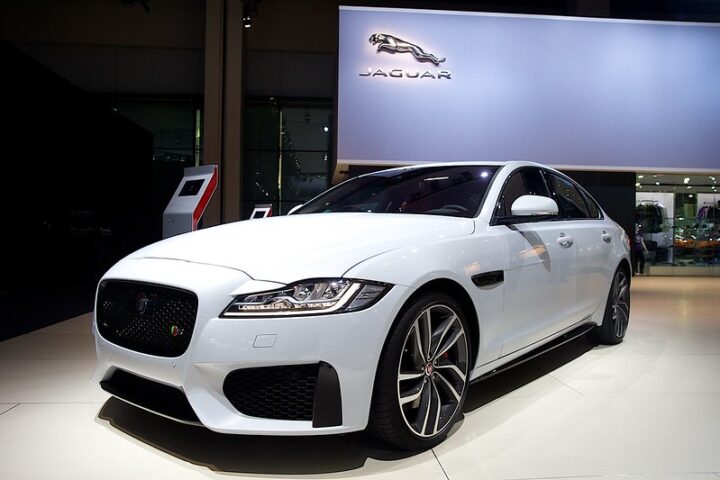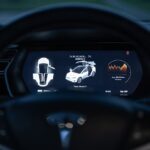Tesla’s first quarter results for 2025 revealed sharp declines across key metrics, with profits dropping 71% compared to last year as the electric vehicle maker faced sales pressure and brand challenges linked to CEO Elon Musk’s political activities.
The company reported $19.3 billion in revenue, down 9% year-over-year and well below the $21.1-21.8 billion analysts expected. Auto revenue took an even steeper dive, falling 20% compared to Q1 2024. Net profit fell to $409 million with operating margins shrinking to just 2.1%.
“Starting early next month, in May, my time allocation to DOGE [Department of Government Efficiency] will drop significantly,” Musk told investors during the earnings call, pledging to spend only “a day or two per week on government matters” going forward.
This announcement boosted Tesla’s stock 5% in after-hours trading, despite what Wedbush Securities analyst Dan Ives described as a “disaster first quarter.”
“The brand damage, some of that’s going to be permanent, but this was a big step for Musk,” Ives told reporters. “I think it’s the beginning of the end of his time with the Trump administration. It’s an off-ramp.”
Sales Slowdown and Production Challenges
Vehicle deliveries dropped to 336,681 units globally, the lowest since Q2 2022 and well below analyst forecasts. Production fell to 362,615 vehicles.
Tesla attributed part of the production decline to simultaneous updates of Model Y production lines across all four factories worldwide. The company also cited “increasing uncertainty in automotive markets” and “evolving trade policies” affecting its supply chain and cost structure.
Musk distanced himself from President Trump’s tariff policies during the call, saying: “I want to emphasize that the tariff decision is entirely up to the president of the United States… I’ll continue to advocate for lower tariffs rather than higher tariffs, but that’s all I can do.”
Similar Posts:
Future Product Plans
Despite the weak quarter, Tesla maintained that its more affordable vehicle plans remain on track for production starting in the first half of 2025. The company also reaffirmed its Robotaxi (Cybercab) launch in Texas for June, targeting an aggressive 5-second cycle time for the production line.
Musk expressed strong confidence in the Optimus humanoid robot program, projecting thousands working in Tesla factories by year-end and potentially a million units produced annually by 2029-2030.
On self-driving technology, Musk made bold claims: “There will be millions of Teslas operating autonomously in the second half of the year,” later adding, “Can you go to sleep in our cars and wake up at your destination? I’m confident that will be available in many cities in the US by the end of this year.”
Auto analyst Sam Abuelsamid from Telemetry Insight expressed skepticism: “The system is not robust enough to operate unsupervised. It still makes far too many errors. It will suddenly make mistakes that will lead to a crash.”
Brand Challenges
Tesla has faced growing protests globally in response to Musk’s political activities and association with the Trump administration. The company’s stock has fallen 41% since January, hurting both investors and Musk’s personal wealth.
The company specifically cited “changing political sentiment” as potentially having “a meaningful impact on demand for our products in the near-term.”
Market Outlook

Due to ongoing market uncertainties, Tesla withdrew its previous guidance for full-year 2025 growth. The company said it would provide updated projections in its Q2 report.
While automotive numbers disappointed, Tesla’s Energy division showed continued strength, deploying 10.4 GWh of energy storage products during the quarter. Musk noted he expects “the stationary energy storage business scaling significantly in the future.”
As competition intensifies, particularly from Chinese manufacturer BYD, Tesla faces pressure to regain momentum while navigating both internal transitions and external market challenges.
